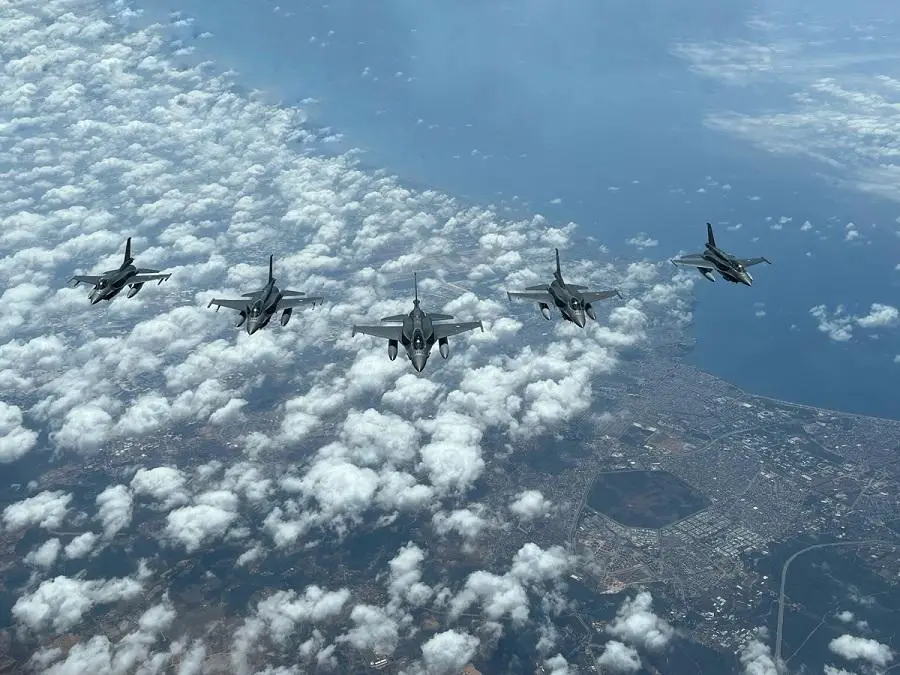RAMSTEIN LEGACY 22 synchronises multiple NATO exercises including Ramstein Legacy (Surface Based Air and Missile Defence), Ramstein Guard (Electronic Warfare), and Ramstein Alloy (Live-Fly) to maximise the effectiveness of training with strong focus on tactical level and real world interoperability. RAMSTEIN LEGACY 22 is a long planned activity to reinforce NATO Command and Control of Allied Integrated Air and Missile Defence capabilities. The activities are conducted in compliance with international laws and standards. In the Baltic Sea region, 17 allied nations are taking part in the exercise with a mixture of fighters, support aircraft, Surface Based Air and Missile Defence units and personnel.
Following the Russian invasion of Ukraine, there has been an increased use of missiles, Unmanned Aerial Vehicles (UAVs) and combat aircraft close to the borders of NATO nations. This increases the air and missile threat to NATO territory and populations, primarily due to miscalculation or loss of guidance or control. Exercises like Ramstein Legacy 22 provide Allied units the opportunity to practice NATO Tactics, Techniques and Procedures in a realistic multi-domain scenario. Participants are operating from bases in Poland and the Baltic States while being supported by aircraft flying from bases across Europe. Participation from NATO partners Finland and Sweden shows close relationship and cooperation and demonstrates common tactics, techniques and procedures.

This is a clear expression of NATO’s commitment to readiness which enhances and promotes regional security and stability for our peacekeeping operations,” said Lieutenant Colonel Bahri Gökdemir, Turkish Air Detachment Commander. “Through a variety of simulated, dynamic scenarios, we are working together, training and learning how to operate as one. By honing our skills, we can directly impact and enhance NATO’s Air and Missile Defence mission.”
“The main task of this exercise is to see how well we can coordinate, work together, maintain our interoperability and show how well we can fight together to meet the challenges we could face tomorrow,” said Colonel Lukasz Piatek, Poznan Air Base Commander. “We’ve been conducting these exercises for many years now and each year we improve and build on the foundations of trust we have in each other; we can count on every nation that takes part in this exercise.”
The exercise includes the full spectrum of Integrated Air and Missile Defence (IAMD) activities covering peacetime to crisis and conflict: deployment of NATO / National forces into theatre, establishment of NATO Command and control in the Baltic Region, interoperability in defensive operations practice of Suppression of Enemy Air Defences and incorporation of 5th Generation air assets into IAMD defensive operations. The exercise will culminate in Surface Based Air and Missile Defence live firings. NATO IAMD is an essential, continuous mission during peacetime, crisis and conflict, safeguarding and protecting Alliance territory, populations and forces against any air and missile threat or attack.
















